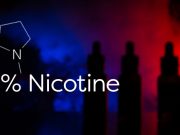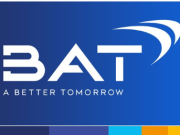UL is a global independent safety science company that partners with businesses, manufacturers, trade associations and international regulatory authorities offering safety solutions. The company claims that the new UL 8139 provides a framework to evaluate, test and certify the electrical and battery systems of vaping devices.
The saga of the exploding batteries
This is a problem for many manufacturers as the process is a lengthy one that could take years and cost millions of dollars. “So effectively, the FDA has banned safety improvements such as replacing defective batteries”, had said Siegel. UL 8139 will now be able to test specifically the safety of the electrical, heating, battery and charging systems. It will not test the consumables such as e-Liquids and vapor substances, wicks and will not be examining in any way the long-term or physiological effects of the products.
Should you wish to submit your products
“UL has been evaluating, testing and certifying portable battery powered devices, including battery cells, modules, packs, chargers and power supplies for many years,” said Vice President and General Manager for UL’s Consumer Technology division, Ghislain Devouge. “With UL 8139, our expert science, research and engineering teams have now developed the appropriate requirements and methodology to confidently evaluate and test e-cigarettes for electrical and fire hazards. As recent news has shown us, there is a strong need for this type of service. Today, we are pleased to offer our testing and certification services to manufacturers and distributors,” concluded Devouge.
Retailers and manufacturers who would like to submit their vaping products for safety testing and/or UL certification may submit a request at ; http://contact.ul.com/contact-ul-consumer-technology or email Ctech@ul.com.













While I’m glad to see UL, who is the authority on safety standards for private industry and products, stepping in to want to certify products, I feel like announcing they’re doing this and seeking to have manufacturers simply apply for certification without actually publishing what the testing criteria or their standards will be is premature. While they have the knowledge and expertise in dealing with consumer electronics safety, it would seem that a logical first step might be meeting with industry manufacturers and evaluating exactly how the devices are used by consumers first given the different configurations available on the market.
Otherwise, this could turn from promoting a safety standard for all devices, to creating a restriction that only certain types of devices will ever be able to be manufactured and sold – effectively creating a limited and highly restricted market being ruled by folks sitting behind the scenes, rather than promoting industry innovation and better products for consumers based on their demands for quality products and pricing.